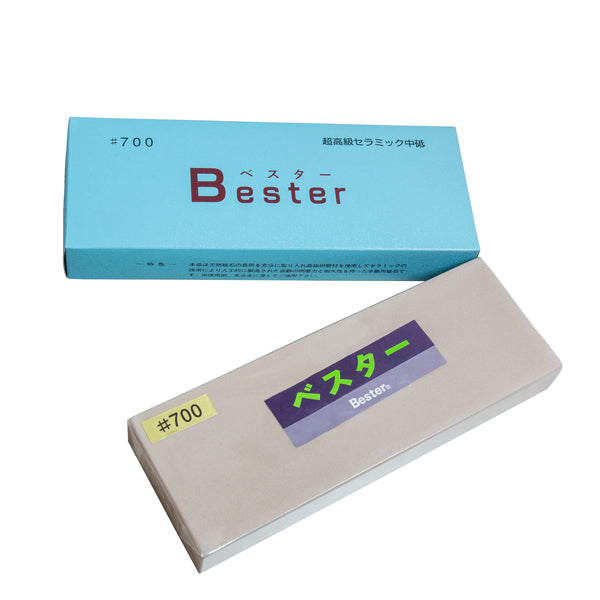For carving, many of us want something more acute, perhaps less micro- dubbing at the arris.
Can it be assumed you have a bunch of India and maybe Arkansas slips?
I use the large tapered shape with inside/outside curve most. But a selection of rounds, half rounds, and tapered round cones are also useful.
The old Norton Gouge stones are superior to my mind. The modern ones have straight sides and do not come to an arris along the meeting between inside and outside faces. The old ones are round from edge to edge, or much more nearly so, and meet at a defined sharp-ish edge between the faces.
smt





